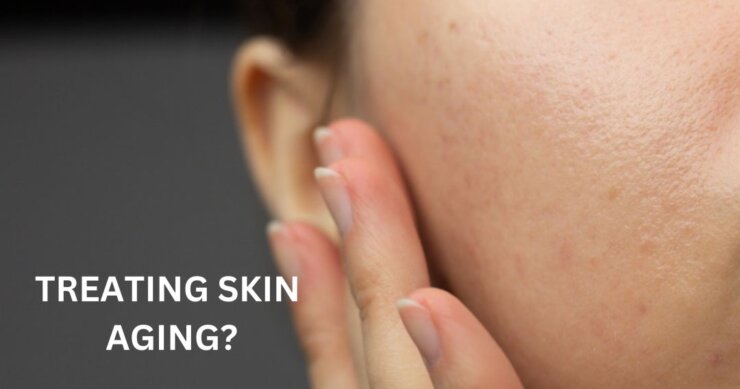Treating Skin Aging?

As I get older, I have noticed more and more that my skin is getting fragile. Sometimes, just bumping against something leads to a bruise or bleeding. And this isn’t something that happened in my younger days. I think I am doing a pretty good job in terms of taking care of things like my metabolic health, strength training, monitoring blood values of various parameters, etc., but what to do about skin aside from being careful in terms of sun exposure?
I’ve mistreated my skin for as far back as I can remember. From my summers working construction jobs in Key Largo, to the countless days on the open water, my level of exposure to skin-damaging UV light is likely in the extreme range. But that’s the past. And now I’m asking what to do moving forward.
As you might expect, my first move was to track down the scientific literature exploring this topic. And this revealed an extensive body of research focused on retinoic acid (a form of vitamin A).
One recent study aimed to evaluate the cellular changes in skin after application of retinol in a small group (12) of elderly individuals. They applied a 0.4% solution of retinol to an area of their skin that generally doesn’t get much sun, at least in most of us, (the buttocks) daily for 7 days.
They then performed an in-depth evaluation of the treated areas. What they found was really encouraging. The treated skin showed a remarkable increase in various cells supporting both the outer skin layer (the epidermis) as well as the layer below (the dermis). Even the cells lining the blood vessels were increased in numbers, with the authors stating:
0.4% topical ROL shows remarkable anti-aging effects through improvement of the homeostasis of epidermis and dermis by stimulating the proliferation of keratinocytes and endothelial cells, and activating dermal fibroblasts. These data provide evidence that 0.4% topical ROL is a promising and safe treatment to improve naturally aged human skin.
In addition, they found a significant increase in collagen following treatment and demonstrated some very impressive photographs of this finding in their report.
I’m fairly convinced that these results are valuable. So, moving forward, I am going to try using tretinoin gel, 0.025% on the dorsum of my hands and forearms. This is actually a stronger, prescription strength medicine that acts in a similar way as retinol.
Tretinoin goes by the more familiar name Retin-A. And as mentioned, it is a prescription medication. It can cause dryness and flaking of the skin, and importantly, increased sun sensitivity. So, moving forward, a word of caution to me.
And, any prescription strength medication should, of course, be used under the guidance of a healthcare provider.
I will report back to our community with any observations be they positive or negative as I engage this treatment.













